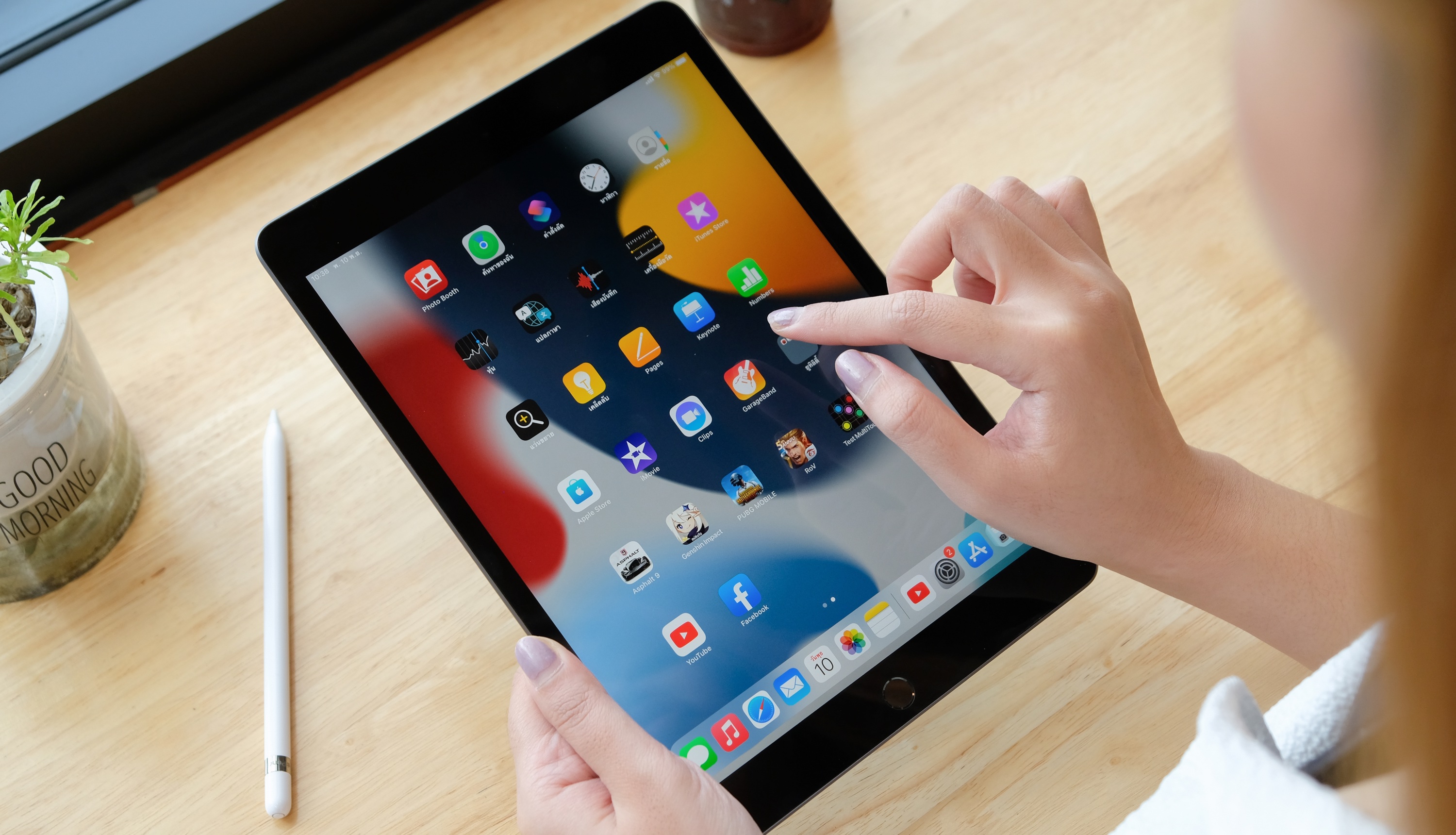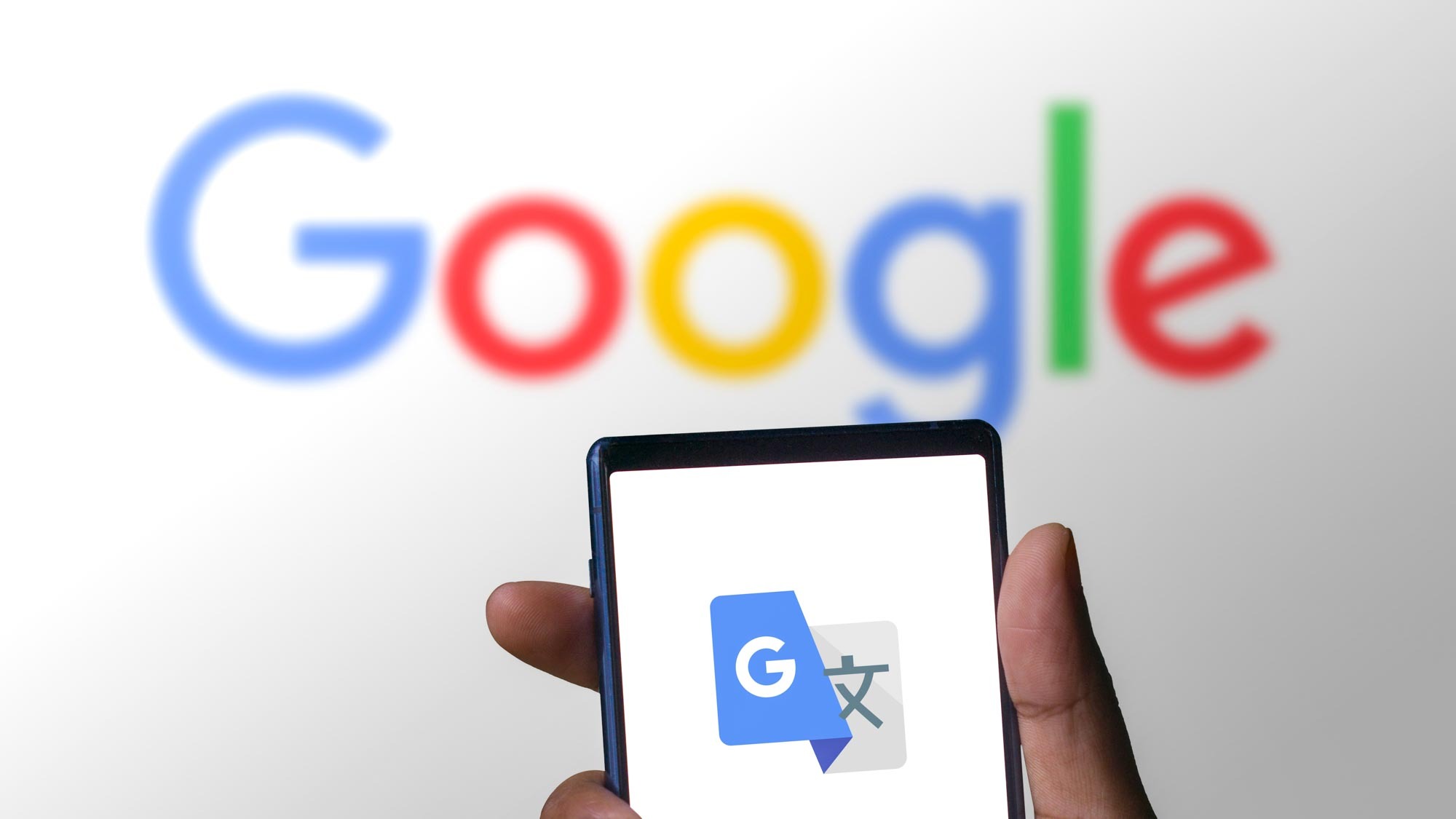iPadOS 16 — Apple just cleared the air on rumored iPad HomeKit downgrade

Since the launch of HomeKit, Apple's smart home platform, iPad owners have been able to use their tablets as HomeKit Hubs, allowing their smart home devices to connect to the cloud. Lines of code in the iPadOS 16 beta seemed to indicate that the newest version of Apple's mobile operating system would remove this functionality, requiring HomeKit owners to use a HomePod mini or an Apple TV as a smart home hub instead.
However, Apple has said that with iPadOS 16, iPads will continue to work as HomeKit hubs, with one big catch: You won't be able to update to the latest version of the Home app.
“iOS 16 and iPadOS 16 will continue to support iPad as a home hub with no loss in functionality,” Apple spokesperson Catherine Franklin said in a statement to The Verge.
However, she added: "Because iPad will not be supported as a home hub with the new architecture, users who rely on iPad for that purpose do not need to update the Home architecture and can continue enjoying all existing features.”
The Home app is the interface by which you can control all HomeKit-connected smart home devices. Despite the fact that there are far fewer HomeKit-compatible devices — which could be remedied by the arrival Matter later this year — HomeKit enables users to create relatively complex smart home routines.
Apple announced the revamped Home app as part of its iOS 16 preview during WWDC. Not only does Home get a new look, but the app has also been redesigned to be more efficient and responsive. And it will support Matter, which should be available this fall in a subsequent update.
While you'll still be able to use your iPad to control smart home devices through the new Home app, your iPad will no longer act as the bridge between those devices and the Internet. So, you'll need to pick up an Apple TV, Apple TV 4K, or HomePod mini. Or, you could presumably wait for the HomePod 2, which is also rumored to launch later this year or early next year.
Get instant access to breaking news, the hottest reviews, great deals and helpful tips.

Michael A. Prospero is the U.S. Editor-in-Chief for Tom’s Guide. He oversees all evergreen content and oversees the Homes, Smart Home, and Fitness/Wearables categories for the site. In his spare time, he also tests out the latest drones, electric scooters, and smart home gadgets, such as video doorbells. Before his tenure at Tom's Guide, he was the Reviews Editor for Laptop Magazine, a reporter at Fast Company, the Times of Trenton, and, many eons back, an intern at George magazine. He received his undergraduate degree from Boston College, where he worked on the campus newspaper The Heights, and then attended the Columbia University school of Journalism. When he’s not testing out the latest running watch, electric scooter, or skiing or training for a marathon, he’s probably using the latest sous vide machine, smoker, or pizza oven, to the delight — or chagrin — of his family.
